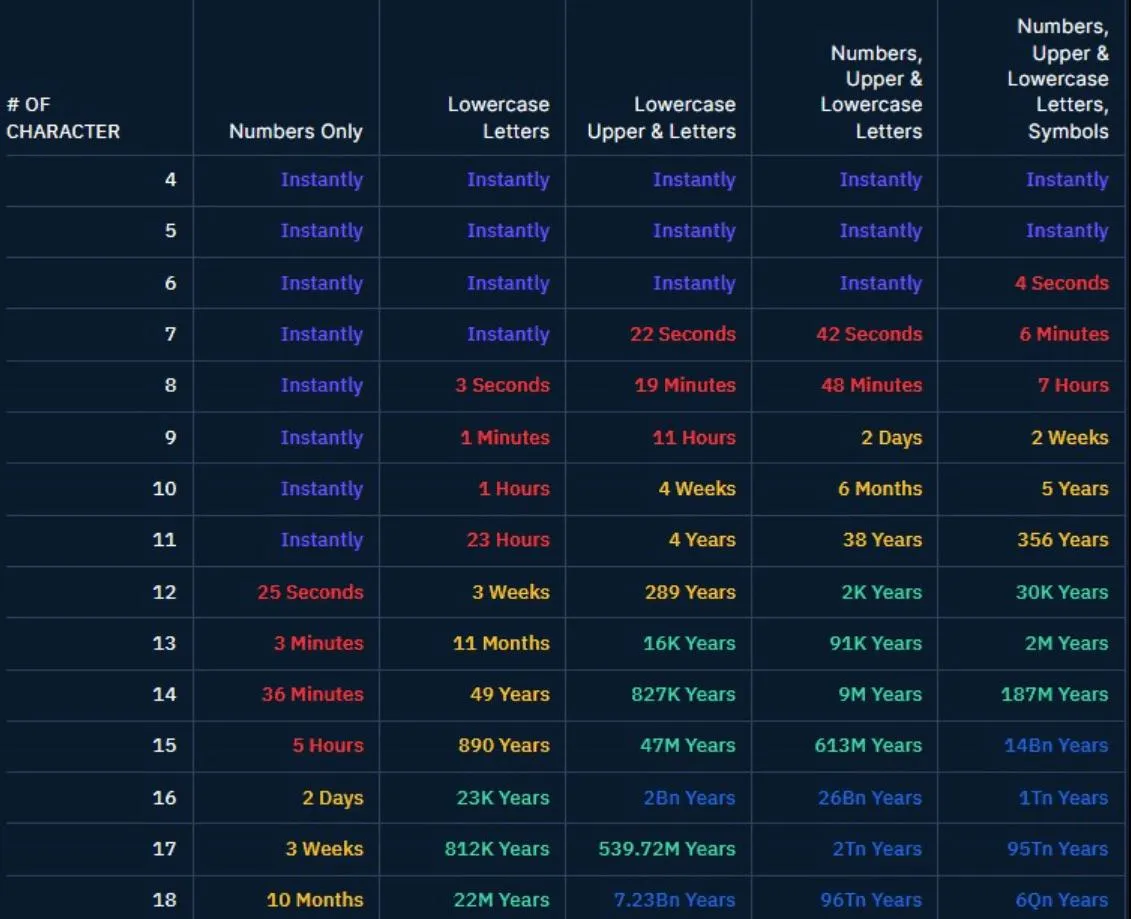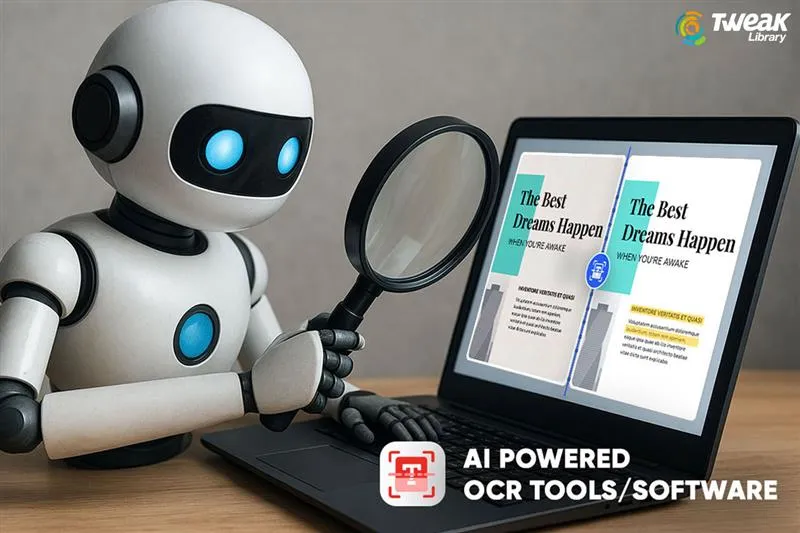Are you confident about your passwords? Is your password safe? Is your password uncrackable? Think again. Traditional methods for cracking passwords are becoming outdated due to AI and powerful machine learning networks. Forget complex codes, studies show AI can crack common passwords in under a minute.
Cybercriminals are using powerful AI to bypass weak passwords with ease. Password cracking now has become a piece of cake for these cyber criminals.
Tools like PassGAN can crack over half of the common passwords in under a minute. This means your favorite pet’s name or that birthday combo you use everywhere might not be safe anymore.
This blog will explore how AI is changing password security and provide best practices to protect yourself.
So, let’s get started.
What is Password Cracking and How Does Traditional or Old-School Password Hacking Work?
AI password cracking is a very important subject, but it requires an understanding of the concept of basic password cracking. Password cracking refers to the retrieval of passwords from data that were either stored on or sent through a computer. This process can be used by hackers to illegally access accounts, networks, and confidential information.
Password cracking has traditionally involved different methods such as brute force attacks, rainbow tables, and dictionary attacks. Let’s go into some detail:
- Brute Force: Imagine trying every key on a keychain until you find the right one. This slow and steady approach can take forever for complex passwords.
- Dictionary Attack: Hackers guess passwords based on common words and phrases. Strong passwords with no dictionary words are much harder to crack this way.
- Rainbow Tables: Think of a giant cheat sheet for passwords. Rainbow tables can be fast, but they’re bulky and useless against passwords with extra defenses.
The key takeaway? Complex passwords with extra security features make it much harder for hackers to break in, no matter their tools.
Read Also: Difference Between Brute Force & Dictionary Attack
What is AI Password Hacking?

This Table here shows how much time will PassGAN take to crack several types of passwords.
AI is revolutionizing password cracking. Machine learning algorithms and neural networks are now sifting through data to develop ever more sophisticated strategies. These neural networks learn from each attempt, refining their techniques to crack passwords with increasing accuracy.
This continuous learning cycle makes it a moving target for individuals and organizations trying to stay secure. The more AI learns, the harder it becomes to stay ahead of its cracking abilities.
Hackers are using artificial intelligence to analyze large quantities of data quickly and quite effectively. This is how AI helps in cracking passwords:
- Pattern Recognition: AI algorithms can detect patterns in password data. For example, “123456” or “password1”, are some patterns that people often use. It is easy for AI to see such patterns and make reasonable assumptions.
- Predictive Analysis: With user behavioral information and historical data, machine learning models can predict possible combinations of passwords. This prediction feature significantly reduces the time required to crack passwords.
- Neural Networks: Modern-day AI models have been made intelligent enough to think and learn like human beings through neural networks. These networks produce advanced ways of breaking passwords that are ahead of traditional methods in complex terms.
Artificial intelligence password cracking puts our internet security in danger. Here are a few major risks:
- Fast and Effective: AI can unmask passwords quicker than people, who use conventional hacking methods. This greatly enhances the chances of success in an attack.
- Scalable: AI can be used for simultaneous attacks on many accounts at once. A single artificial intelligence-based attack may take hold of several hundreds or thousands of accounts within a very short span.
- Adaptive: Over time, AI algorithms get better and better. They improve their performance by learning from failed attempts and tweaking their techniques after every round.
So, How to Stay Safe from AI Password Cracking?
- Use Lengthy and Strong Passwords. Make your passwords lengthy (at least 12 characters) and a combination of uppercase and lowercase letters, numbers, and symbols. Complexity is your shield.
- Uniqueness is Key. Stop using the same password across your multiple accounts. A single breach with a reused password can grant access to your entire digital life.
- Use Password Managers. Utilize a password manager to generate and securely store these complex passwords. It acts as a vault of your unique passwords. We suggest you a top-of-the-line password manager – TweakPass.
- Two-Factor Authentication. Activate two-factor authentication (2FA) whenever possible. This adds a layer of security, requiring a code from your phone alongside your password for login, making it a double hurdle for attackers, even AI-powered ones.
Read Also: Protect Your Digital Life: Why Strong Passwords Matter
Here are some other additional tips to avoid password hacking –
- Ditch simple words like “password.” Instead, create a phrase you can remember, like “ILoveMyCateBella123!” Phrases are longer and harder to crack for AI.
- Don’t let AI predict your patterns. Create a mix of uppercase and lowercase letters, numbers, and symbols throughout your password. Think “RsPrSaAug#1328#”.
- AI can exploit personal info. Avoid birthdays, addresses, or pet names in your passwords.
- Update your passwords periodically to stay ahead of AI’s ever-evolving tactics.
Conclusion
So, it is all about what AI password cracking is and how you can stay safe from it. Nowadays in the time of AI-powered password cracking, remaining safe on the internet requires alertness and being proactive.
Remember that safety comes with using powerful different passwords, enabling two-factor authentication, and keeping yourself informed about any emerging cyber threats. Stay updated and stay safe!






Leave a Reply